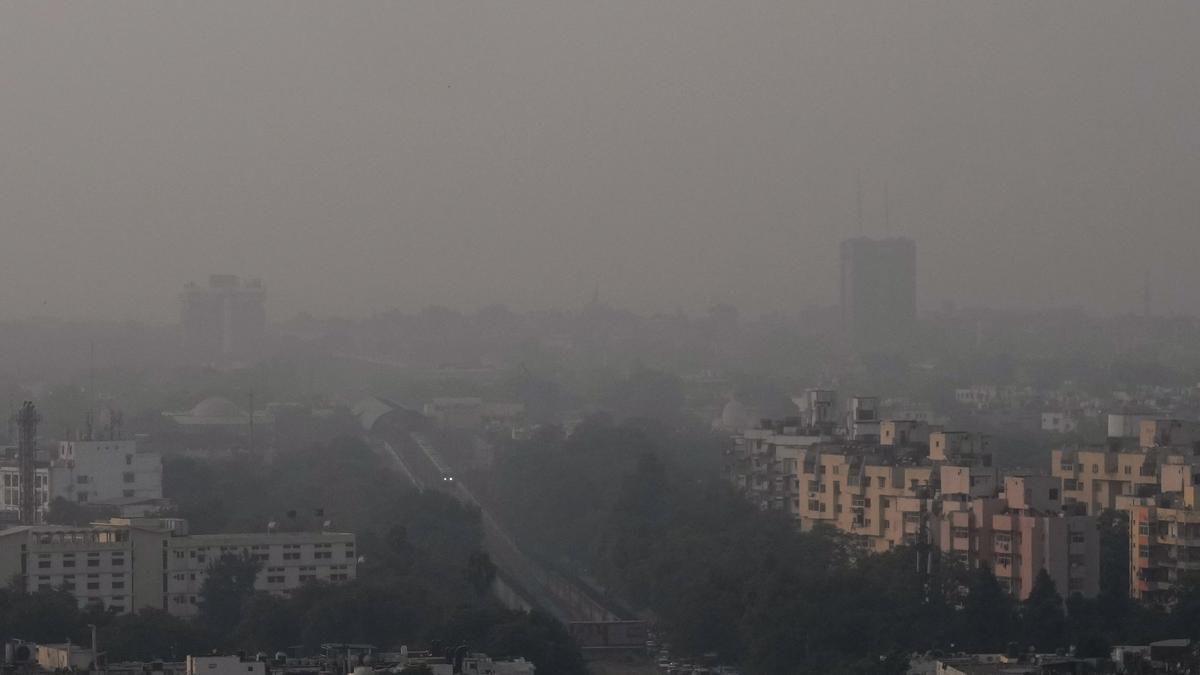
Crowdsourced devices help track air pollution as government monitors lag behind
The Hindu
Delhi's air quality crisis revealed by government monitors failing to accurately reflect pollution levels, prompting crowdsourced monitoring.
Over the last week, even as pollution levels in New Delhi and much of North India rushed past levels anywhere else in the world, government-run air quality monitors only showed scores of up to 500, a result of an indexing standard that measures multiple pollutants and impact on health and therefore does not necessarily peak when a single pollutant records new highs.
In October 2014, the Union Government launched India’s own national air quality index, which would register a score of 401–500 if PM2.5 levels hit 250 or more. Those levels hit more than 1,600 on Monday (November 18, 2024.)
Schools must shut in Delhi, NCR districts under GRAP stages 3 and 4: CAQM updates guidelines
The gap has been filled by crowdsourced air quality monitors deployed all over the city, and screenshots from such networks circulated online, sometimes more often than data from official monitors deployed by the Central Pollution Control Board, the Indian Meteorological Department, and the Delhi Pollution Control Board (DPCB).
IQAir, a Swiss firm that makes air quality monitors and purifiers, was among the most highly cited.
“IQAir’s air quality monitoring network currently has 21 stations in Delhi,” Christi Chester-Schroeder, a scientist at IQAir told The Hindu. “To be a contributor on IQAir’s platform, an individual with an AirVisual sensor is required to send documentation about the monitor to us, including a photograph of the monitor to ensure it is not too close to the ground, or a pollution source that would skew data.”
Clearing the air on Delhi’s pollution crisis











